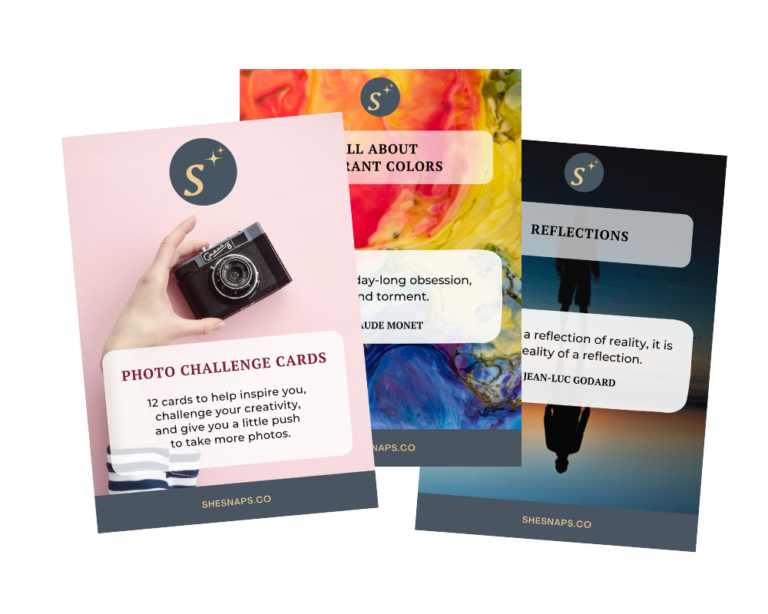There’s something quite special about the buzz and excitement film photography brings to your life. The art of point and shoot film photography is a beautiful, soul connecting and poetic process that should forever be protected and cherished.
When you remove the digital aspect of photography and the instant gratification it brings to life, you allow yourself to live in the moment fully, wholeheartedly and the joy you feel when developing that roll of film is like no other.
Today I want to share some tips that will help you on your own personal journey with your camera. Here I will explain further the top settings you’ll need to understand, some all-rounder film types you can try out, how to develop your film and popular analog cameras for beginners.
I hope these tips bring some insightful clarity and confidence to your film photography journey!
Basic Settings to Understand
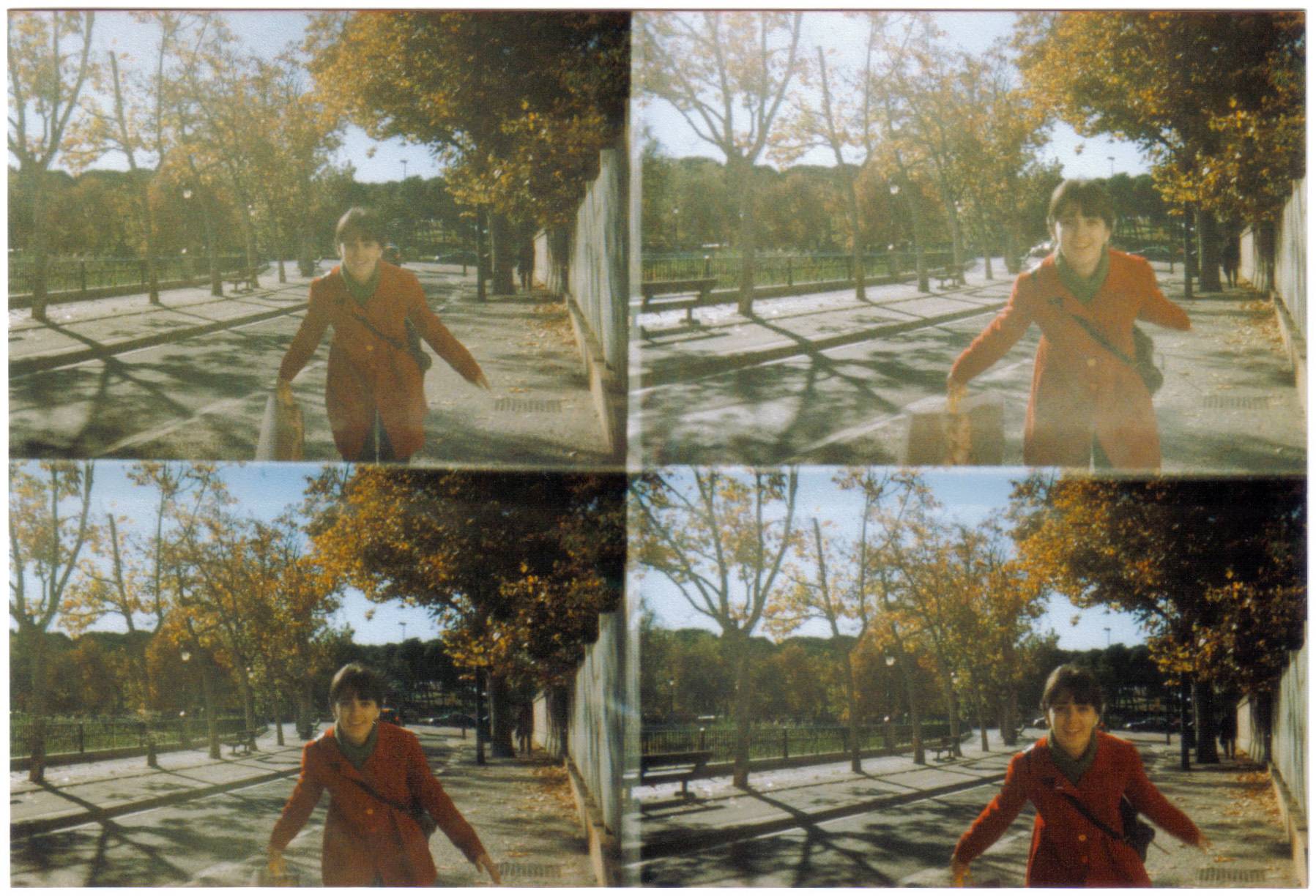
- Your ISO setting is the sensitivity of the film you choose to use. When choosing a film we need to look at the subject we are trying to shoot and the light we are trying to capture.
An easy way to remember ISO is; The lower the number, the brighter the light your camera has the ability to capture..
Example: ISO 160-200 would be used to shoot brighter light subjects and a higher ISO number of 400 will shoot low light. ISO 400 is often referred to as a good all-rounder ISO, shooting most subject lighting needs. - Your Shutter Speed relates to how fast your camera can capture an image and the amount of light that is let in. Shorter shutter speeds will capture the texture and detail you can see in daily life and the faster speeds will produce an image with a painting-like effect, dreamy, soft and blended together more so than your shorter speeds will do.
Example: imagine you’re shooting a running stream and you’d like to capture a creamy, well blended body of water that almost looks like a painting – for this you would choose a shorter shutter speed. The opposite is true for faster shutter speeds, they provide a detailed image of the fast moving water. - Aperture refers to the opening in your camera’s lens, the level of light passing through this opening and the overall depth of field you will capture. The smaller the aperture number the deeper the depth of field, resulting in a less blurry background. The opposite is true with a larger aperture width allowing more light into the lens creates a shallow depth of field and a blurry background.
When you hit the shutter release button to capture a shot, your camera will refer to your aperture and open the lens to your set width and allow the right amount of light through.
Larger Aperture f/2.8 = More Light in, Shallow Depth of Field and maximum background blur
Smaller Aperture f/22 = Less Light in, Deeper Depth of Field and minimal background blur
Two All-Rounder 35mm Films to Try
Color All-Rounder Options:
Kodak Portra 400 35mm – Soft grain, cool tones, shoots well in low light conditions
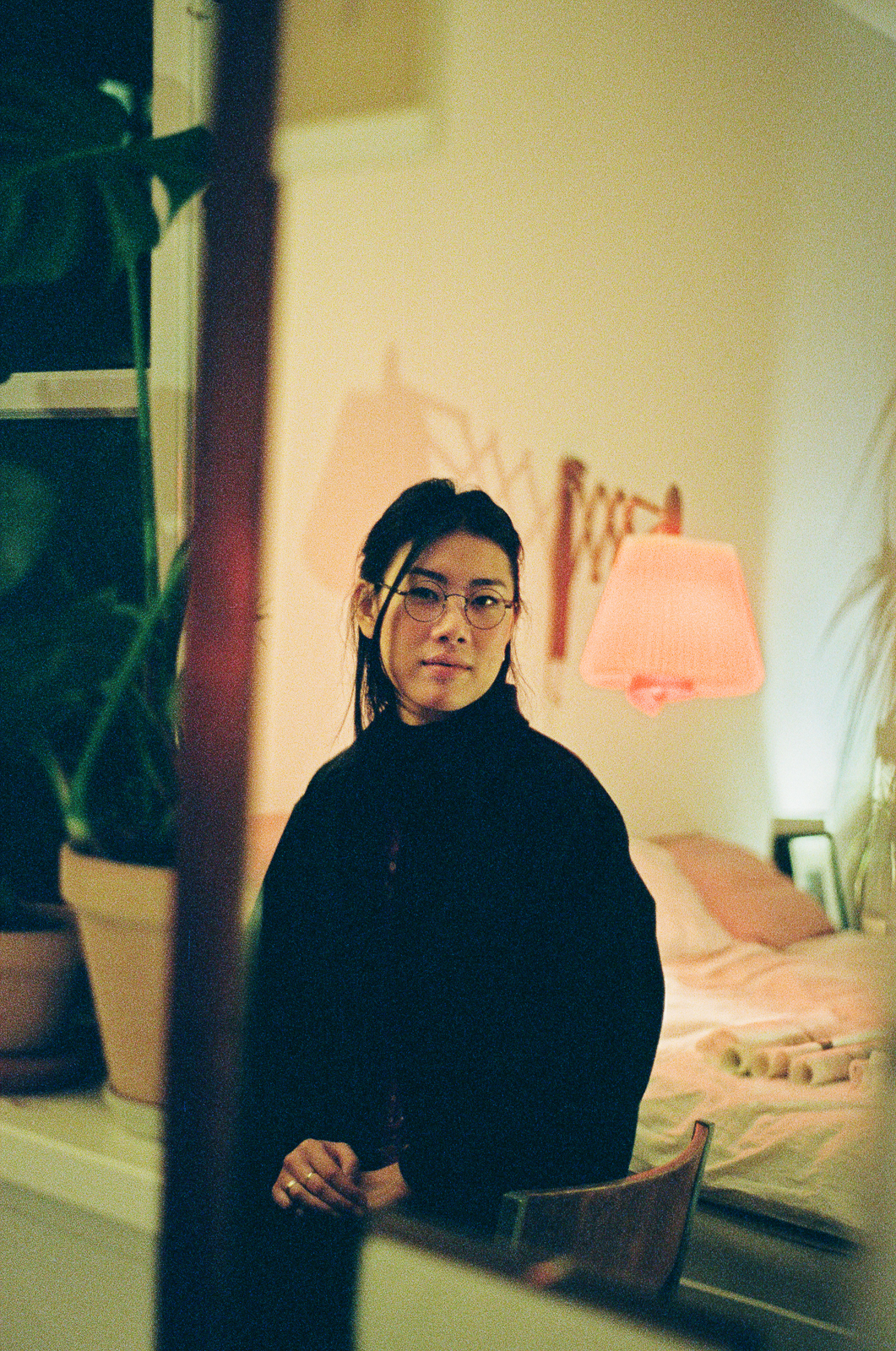
B&W All-rounder Option:
Ilford Delta 400 35mm – Soft grain, intense blacks and strong contrast tones
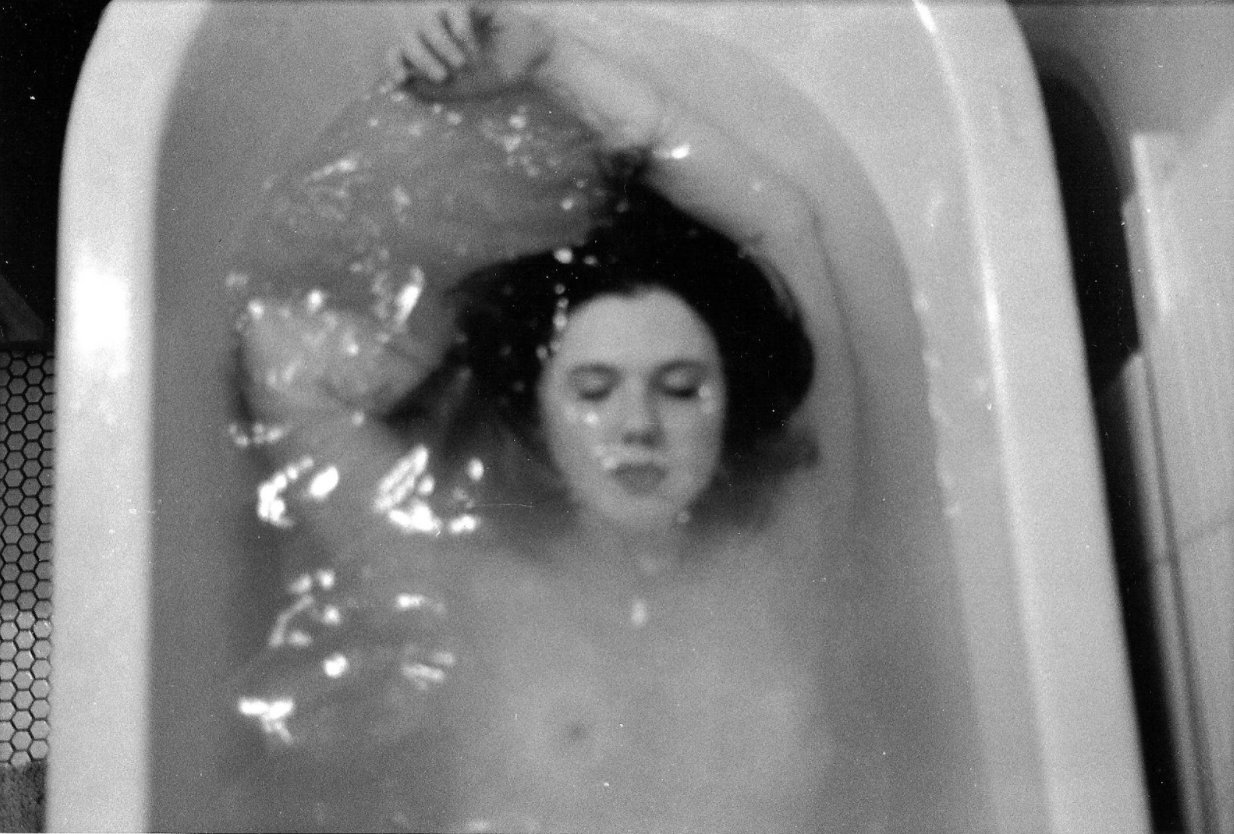
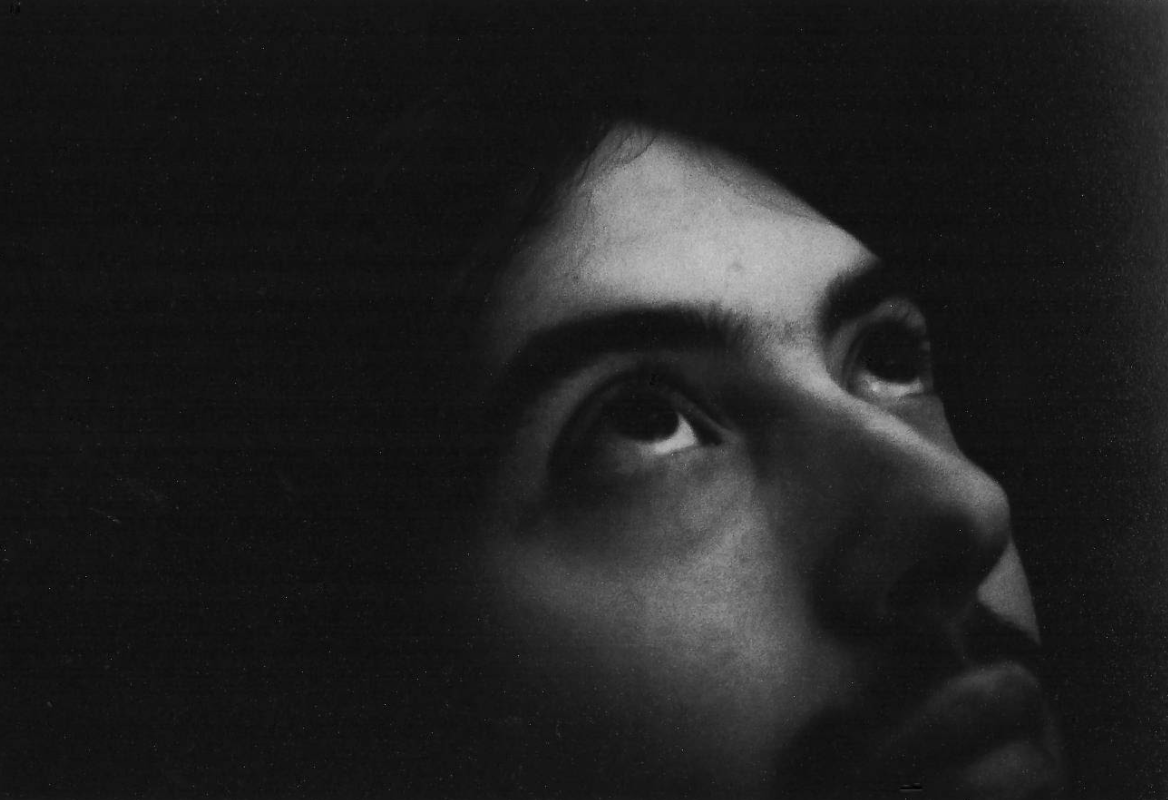
Developing Your Film
Today our options are plenty when looking at developing our little rolls of joy. Some easier than others and all dependent on your own individual preference.
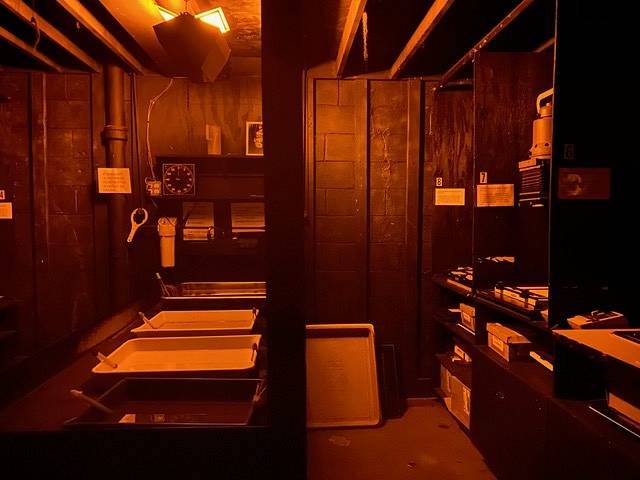
Photo Labs
The most common way to develop your film is to pop into your local photo lab. Here you can get your film developed, printed and digitally saved to a USB. You’ll then be provided with your negatives as back up and can be on your way within a day or two.
A cool idea is to invest in a film scanner so you can print photos of your choice at home from the negatives you receive back from your local Photo lab. This is a great way to bring your negatives to life and pick your favourites for print any time you please
Check out this article: Film Scanners Buying Guide
Pros: Quick, professional help to develop your precious artworks, they understand the process
Cons: Genuine experienced photo labs are hard to find in today’s world and dependant on their rates, could be expensive dependent on the number of rolls you want to develop
Darkrooms
If only our time, space and budget would allow us to set up the sexiest darkroom of our dreams. An ideal option for film photography lovers, however the cost of setting up and obtaining the relevant equipment you would need can become increasingly expensive. Think about how often you’d be using your dark room, do you have the space and the right facilities (water, power, temperature) and do you have the ability to create a physical darkroom i.e with zero light?
Another option would be looking into community group darkrooms where you can use the facilities to develop your own film, without the hefty price tag attached.
A cool idea if you’re strapped for space and darkness are At-Home development tanks you can use in the daytime! Check it out here: Lab-Box Daylight Developing Tank
Pros: Creating your artwork from start to finish + learning a new lifelong skill/hobby
Cons: Expensive set up, Space, Facilities, Complete darkness required for processing images
Choosing Your Analog Camera
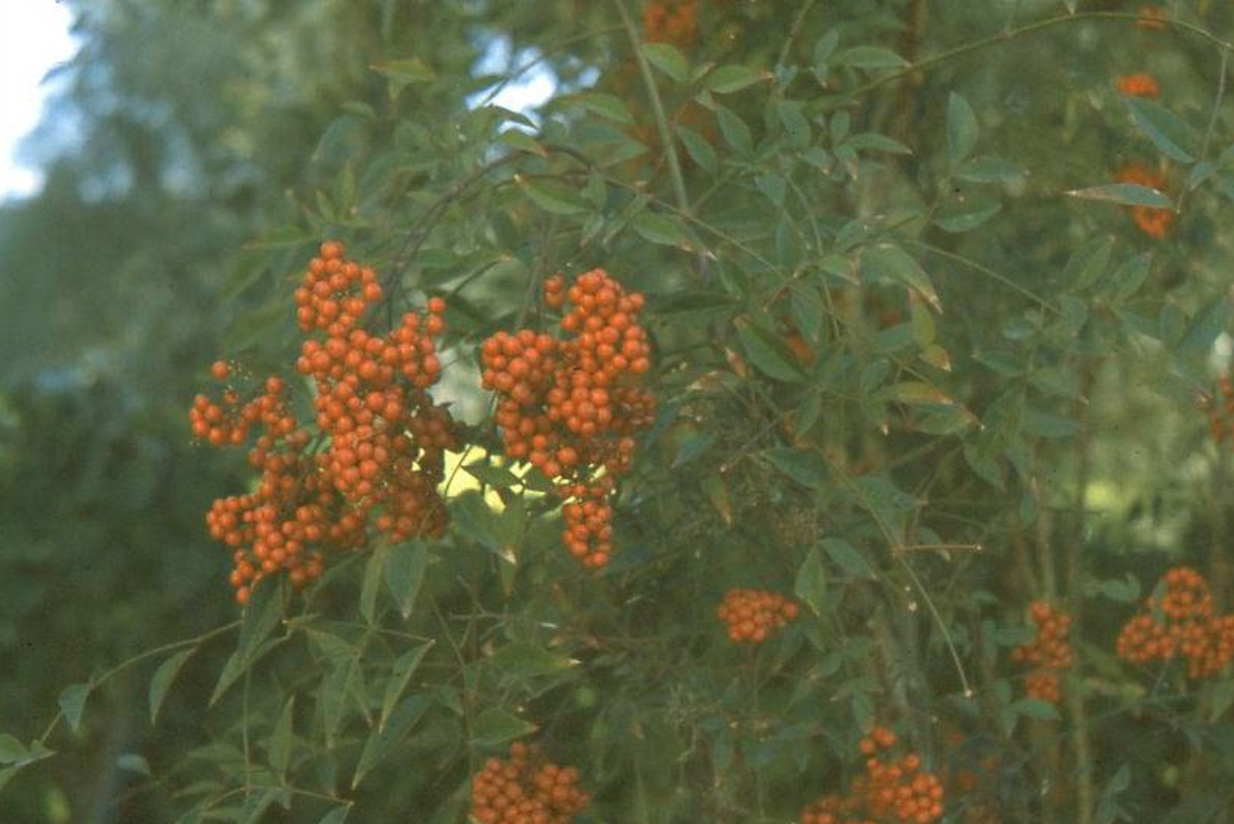
Personally, my first analog camera was a Ricoh when I started shooting on my father’s camera at a young age and I just happened to snap up a Ricoh KR-5 as my first solo camera. Simple, reliable, and a nice overall shooting experience.
Other popular beginner analog camera brands are Minolta, Nikon, Pentax, and Canon though I wouldn’t let the brand overshadow your search as it comes down to how you use it, the settings, and the type of film you choose.
At the end of the day film, photography is a creative journey, experimenting with different effects and discovering what works for us. I’d encourage you to experiment with settings, lighting, film types as this will help you find your own personal style. Whether it be bold, strong contrast Black & White photography or soft grain, delicate and dreamy – Go Wild and Explore Your Creativity!
Cover Photo by Harry Burt

